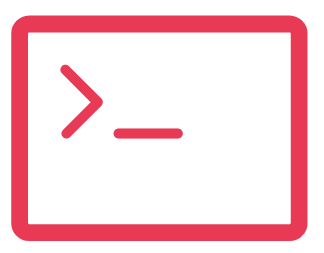Introduction
Building effective dashboards in Salesforce is now a vital skill for revenue leaders. In the dynamic landscape of sales and marketing, the ability to communicate revenue, engagement, and sales metrics seamlessly to representatives and executives is crucial for team success. Utilizing Salesforce’s built-in Dashboards transforms intricate reports into easily digestible data, streamlining performance analysis and team meetings.
For those embarking on their Salesforce journey, our guide on Creating Dashboards in Salesforce is an excellent starting point. In this blog, we will delve into best practices to ensure your Salesforce Dashboards maximize effectiveness, boosting your team’s performance across revenue-generating activities.
Data Clarity and Simplicity
The primary goal of dashboards is to make data easily consumable. Clarity and simplicity are key to achieving this. Before creating a dashboard, carefully choose the data to include. While certain data may be significant for the entire business, it might not be relevant to a specific dashboard, leading to unnecessary clutter. Simplifying data visualization is a core principle and applies to the subsequent best practices.
Identify Key Performance Indicators (KPI)
Defining Key Performance Indicators (KPIs) is a crucial first step in determining which information to incorporate into your dashboards. Including irrelevant data can clutter the dashboard, so identifying the relevant metrics for each team is essential. Knowing your KPIs ensures that important information is not overlooked, preventing teams from relying on incomplete data.
Visual Hierarchy Techniques
Mastering Visual Hierarchy is an effective way to create impactful dashboards in Salesforce. This involves using shape, size, and color to organize information logically. Colors should be meaningful, such as green for positive metrics and red for negative ones. Visuals’ sizes can indicate their importance, with larger panels reserved for critical data. Proper Visual Hierarchy ensures that data is easily consumable, enhancing the dashboard’s effectiveness.
Customization for User Roles
Salesforce dashboards best practices allow customization for different user roles. Personalizing access based on user roles ensures that teams see only information relevant to them. For instance, sales reps may have access to their opportunities, while executives can view information about all existing opportunities. Utilizing User Role customization enhances security and ensures dashboards remain clear and effective for each user.
Feedback Loops
Creating feedback loops is crucial for adapting and improving dashboards as businesses evolve. Regularly review and gather feedback on dashboard components. If a metric hasn’t been utilized for an entire quarter, consider removing or replacing it. Establishing a consistent feedback and review cadence ensures that dashboards align with the team’s evolving needs.
Conclusion
Effectively creating Salesforce dashboards best practices and understanding of your team’s needs. Visualization is a simple yet powerful tool for keeping everyone aligned with shared goals. Take full advantage of this feature in Salesforce.
For further insights on customizing and automating your Salesforce instance to simplify dashboard creation and sharing, contact us or explore our other blogs.
